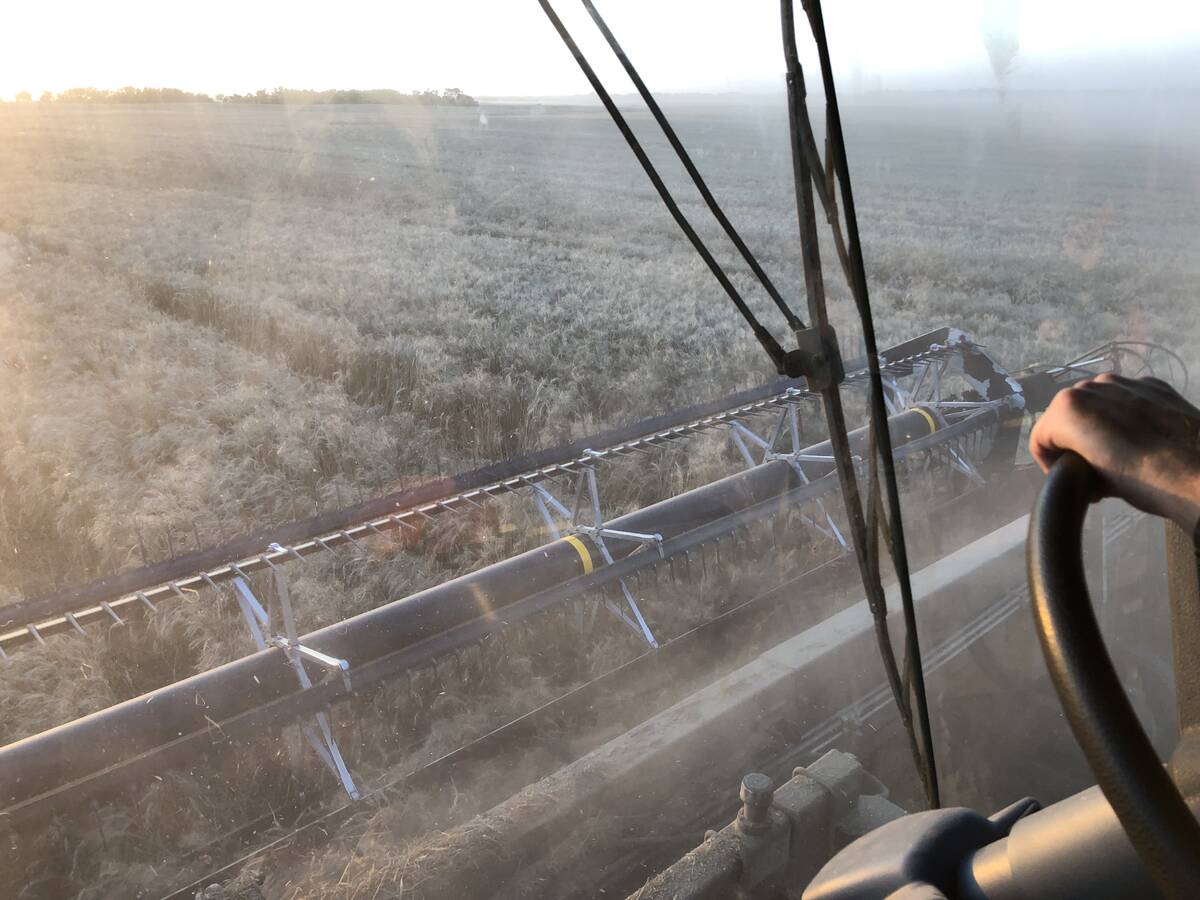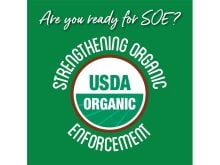There is welcome news for organic growers worried about escalating certification fees.
The federal government is picking up the estimated $2.7 million annual tab associated with the national organic regulation for the first two years of the program.
“There will not be a cost recovery scheme. We got confirmation,” said Michel Saumur, project manager for the Canadian Food Inspection Agency’s Organic Production System Task Force.
Any administrative costs incurred between April 2007 and March 2009 will be picked up by the federal government.
It is not known what will happen beyond that, but a cost recovery scheme will not be implemented without extensive industry consultation, he said.
Read Also

Mail strike disrupts grain sample delivery
The Canadian Grain Commission has asked farmers to consider delivering harvest samples directly to CGC offices, services centres or approved drop offs as Canada Post strike delays mail.
Late last week Saumur and his staff were sifting through a number of proposed changes to the regulation prompted by publication of the document in the Canada Gazette.
The 75-day comment period ended Nov. 16 and based on submissions received, some tweaking of the regulation is in order.
One of the biggest modifications will be a two-year transition period.
The regulation will not be mandatory for that two-year stretch unless somebody wants to use the “Canada Organic” logo, in which case they will be subject to all of the requirements outlined in the document.
The idea is to give producers, processors, certifiers and accreditation bodies time to adapt to the new regime.
“We have received wide-scale agreement from the sector on this,” said Saumur.
Another area that needs to be addressed is the wording on the logo itself. The phrase “Canada Organic” along with the maple leaf symbol could leave consumers with the mistaken impression that the regulation only applies to made-in-Canada products.
Saumur said additional wording is required to properly portray that the regulation applies to imported products as well.
There is also a problem with the clause allowing for the logo to be used on items containing more than one agricultural product where at least 70 percent of those components are organic.
That is not consistent with the national standard. The modified regulation will only apply to products where 95 percent or more of the ingredients are organic.
Those are the types of changes the CFIA hopes to make by the end of this week before it submits the revised regulation for regulatory approval.
If the agency’s regulatory affairs people decide the changes are relatively minor, the document will proceed to part 2 of the gazette process where the modified regulation will be published along with comments received from the first publication and the responses to those comments.
If the changes are deemed major, the regulation will go back to part 1 of the publication process, with another 75-day comment period.
The goal is to have the regulations registered before the end of the year to meet the European Union’s Dec. 31 deadline for exporting countries to have a national regulation in place.
There are all sorts of rumours that the EU will once again extend its deadline but Canada is proceeding as if it is still in place.
“We’re very confident the evaluation will go well and they will like our submission,” he said.

















